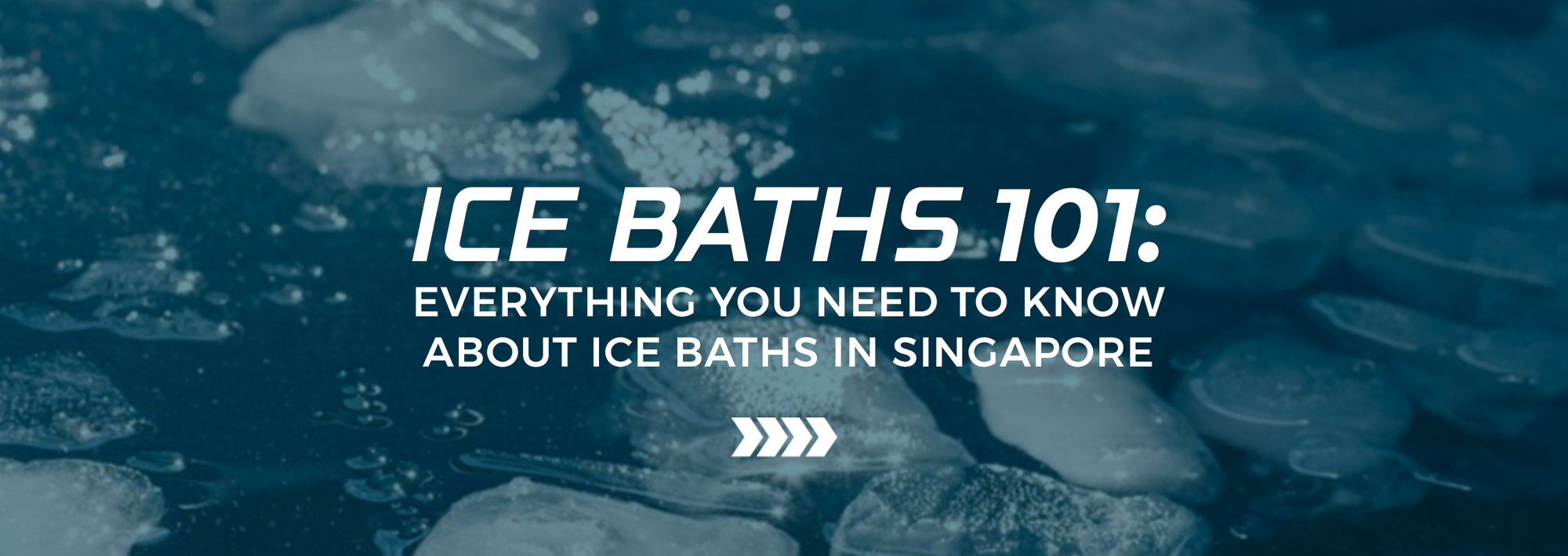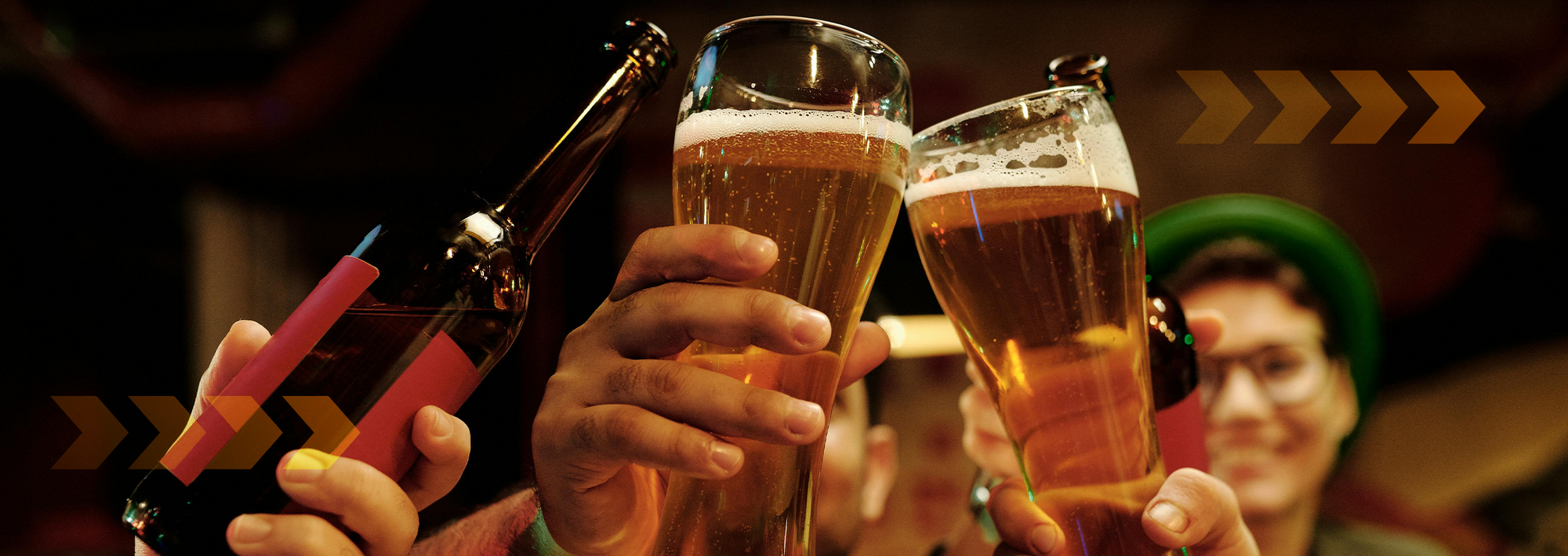Ice baths, also known as cold-water immersion (CWI), have gained popularity as a recovery tool among athletes and fitness enthusiasts. The idea of submerging your body in icy water after a strenuous workout might seem counterintuitive, but proponents claim it helps reduce muscle soreness, decrease inflammation, and speed up recovery. But what does the science say? In this blog post, we’ll explore the research behind ice baths, their potential benefits, recommended protocols, and where you can access these services in Singapore.
What Happens to Your Body During an Ice Bath?
When you immerse yourself in cold water, several physiological responses occur:
- Vasoconstriction: The cold causes your blood vessels to constrict, reducing blood flow to the muscles. This response is believed to help decrease inflammation and swelling, similar to how ice packs are used to treat injuries .
- Reduced Inflammation: The reduction in blood flow can decrease the inflammatory response that occurs after intense exercise. Inflammation is a natural part of the recovery process, but excessive inflammation can contribute to delayed onset muscle soreness (DOMS).
- Decreased Metabolic Activity: Cold exposure slows down the metabolic activity in the muscles, which may help reduce muscle damage and speed up the recovery process.
- Endorphin Release: Ice baths can also stimulate the release of endorphins, the body's natural painkillers, which may help reduce the perception of muscle soreness .
The Evidence: Do Ice Baths Really Work?
Research on the effectiveness of ice baths is mixed, with some studies showing benefits and others indicating minimal effects. Here’s what the science says:
- Reduction in Muscle Soreness: A 2016 meta-analysis published in the Journal of Sports Medicine found that cold-water immersion significantly reduces muscle soreness after exercise, particularly 24 to 96 hours post-exercise .
- Performance Recovery: Some studies suggest that ice baths may help maintain performance levels during periods of intense training. For instance, a study in the European Journal of Applied Physiology found that cold-water immersion improved recovery and subsequent performance in high-intensity cycling and running .
- Inflammation Reduction: While ice baths can reduce acute inflammation, some experts argue that this might not always be beneficial. Inflammation is part of the body's natural healing process, and excessive reduction could potentially impede long-term adaptations to training .
- Placebo Effect: It’s also worth noting that some of the perceived benefits of ice baths may be due to the placebo effect. Athletes who believe in the effectiveness of ice baths might experience psychological benefits that contribute to their overall sense of recovery.
Recommended Protocols for Ice Baths
If you’re considering incorporating ice baths into your recovery routine, it’s important to follow a protocol that maximizes benefits while minimizing risks such as hypothermia or frostbite. Here are some science-backed guidelines:
- Temperature: Aim for a water temperature between 10°C and 15°C (50°F to 59°F). Lower temperatures increase the risk of cold-induced injuries without providing additional benefits .
- Duration: Immerse yourself for 10 to 15 minutes. Staying in the cold water for too long can be counterproductive, as it may lead to numbness or frostbite .
- Timing: Use ice baths immediately after intense exercise or within the first few hours post-exercise. Avoid using ice baths every day, as they might blunt some of the beneficial adaptations from training .
- Frequency: Incorporate ice baths 1-3 times per week, especially during periods of intense training or competition. For regular training, consider using them only when you feel particularly sore or fatigued.
- Partial Immersion: If you’re not ready for full-body immersion, consider submerging only the lower body, which still provides significant recovery benefits.
At-Home Solutions for Ice Baths
Setting up an ice bath at home is more accessible than you might think. Here are some simple solutions:
- Bathtub: The most straightforward option is to fill your bathtub with cold water and add several bags of ice. You’ll need to monitor the water temperature to ensure it stays within the optimal range of 10°C to 15°C.
- Portable Ice Bath Tubs: These are collapsible tubs that you can set up in your home or backyard. They’re designed specifically for ice baths and often come with insulation to keep the water cold for longer.
Tundra is a great and affordable at home solution, while Brass Monkey has some premium options to be explored.
Ice Bath Services in Singapore
If you’re not up for DIY ice baths at home, several facilities in Singapore offer professional cold-water immersion services. Here’s a look at some providers and their pricing:
- The Ripple Club
- Service: Cold Plunge Pool
- Location: 188 Robertson Quay, Singapore 238275
- Price: $60 per session (45 minutes), packages available at reduced rates
- Description: The Ripple Club offers a dedicated cold plunge pool at their wellness facility, providing an optimal environment for recovery.
- Gravity Fitness
- Service: Ice Bath and Cryotherapy
- Location: 138 Market St, Singapore 048946
- Price: $70 per session (30 minutes), membership options available
- Description: Gravity Fitness offers both ice baths and cryotherapy as part of their recovery suite, catering to elite athletes and fitness enthusiasts.
- Freedom Yoga
- Service: Ice Bath Therapy
- Location: 39 Cecil St, Singapore 049705
- Price: $45 per session (30 minutes)
- Description: Freedom Yoga provides ice bath sessions alongside their yoga classes, focusing on holistic recovery.
- Core Collective
- Service: Cold Plunge Pool
- Location: 79 Anson Rd, #21-01, Singapore 079906
- Price: $55 per session (45 minutes), discounts for members
- Description: Core Collective’s cold plunge pool is designed to complement their fitness and wellness services, offering a complete recovery experience.
Conclusion: Are Ice Baths Worth It?
Ice baths can be a valuable tool for recovery, particularly for reducing muscle soreness and inflammation after intense workouts. However, they may not be necessary for every athlete, and the benefits should be weighed against the potential downsides, such as the suppression of beneficial inflammation. As with any recovery strategy, it’s important to listen to your body and consider how ice baths fit into your overall training plan.
If you’re in Singapore and looking to try an ice bath, several facilities offer professional services that make it easy to experience the potential benefits without the hassle of setting one up at home. Whether or not ice baths are worth it ultimately depends on your individual needs and goals, but with the right approach, they can be a refreshing addition to your recovery routine.
References
- Bleakley, C. M., & Davison, G. W. (2010). What is the biochemical and physiological rationale for using cold-water immersion in sports recovery? A systematic review. British Journal of Sports Medicine, 44(3), 179-187.
- Leeder, J., Gissane, C., van Someren, K., Gregson, W., & Howatson, G. (2012). Cold water immersion and recovery from strenuous exercise: a meta-analysis. British Journal of Sports Medicine, 46(4), 233-240.
- Versey, N. G., Halson, S. L., & Dawson, B. T. (2013). Water immersion recovery for athletes: effect on exercise performance and practical recommendations. Sports Medicine, 43(11), 1101-1130.
- Ihsan, M., Watson, G., & Abbiss, C. R. (2016). What are the physiological mechanisms for post-exercise cold water immersion in the recovery from prolonged endurance and intermittent exercise? Sports Medicine, 46(8), 1095-1109.
- Broatch, J. R., Petersen, A., & Bishop, D. J. (2014). The influence of post-exercise cold-water immersion on adaptive responses to exercise: a review of the literature. Sports Medicine, 44(7), 1025-1040.
- Peake, J. M., Roberts, L. A., & Raastad, T. (2017). The effects of cold water immersion on recovery following exercise: a meta-analysis. International Journal of Sports Medicine, 38(14), 1049-1061.






